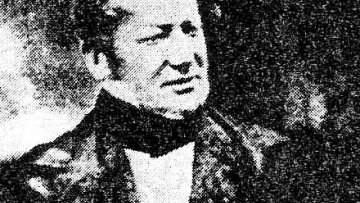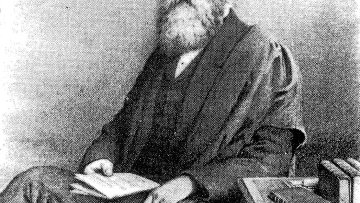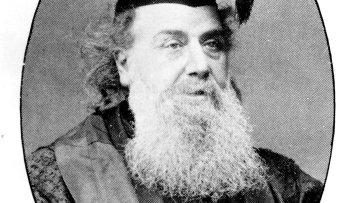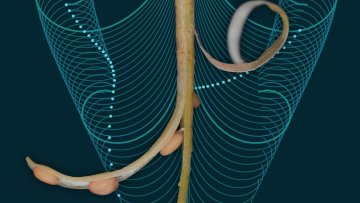Finiteness properties of subgroups of direct products of surface groups
Abstract
We will explain a result of Bridson, Howie, Miller and Short on the finiteness properties of subgroups of direct products of surface groups. More precisely, we will show that a subgroup of a direct product of n surface groups is of finiteness type $FP_n$ if and only if there is virtually a direct product of at most n finitely generated surface groups. All relevant notions will be explained in the talk.






